Lone, Remote and Isolated Workers
In recent times there have been massive changes to the way we work with a huge shift in the amount of work being done by lone, isolated and remote workers.
How many lone, remote or isolated workers do you now have?
Organisations have a Duty of Care to implement risk management strategies for hazards associated with working alone or remotely. These obligations are increasing with some states introducing serious criminal penalties for failing to meet your Duty of Care.
To monitor the safety and wellbeing of their lone workers, organisations typically utilise a mix of:
- Supervision such that supervisors know the location, arrival and departure times of their remote workers. Supervisors are checking in regularly and are available to respond appropriately should there be a workplace emergency.
- Communication systems that enable quick communication between the worker and supervisors.
- Location systems to locate the worker.
- Emergency notification systems such as duress alarms and/or man down alarms to enable the worker to rapidly notify supervisors of a workplace emergency.
What are the largest hidden costs of these safety systems?
Time!
And time is money!
How much money will you be spending this month that you didn’t need to?
Let’s consider the following scenario:
2. Each lone worker works 5 days per week.
3. Each lone worker completes 6 check ins per day.
4. The organisation spends $23 per hour for the lone worker (salary plus all job related expenses to keep the worker in the field).
5. The organisation spends $35 per hour for the supervisor (salary plus all job related expenses).
If the check ins are done by making a phone call between the workers and their supervisors, the hidden cost of time to complete the check ins will be around $226,000 per year.
If the check ins are done by SMS, the hidden cost of time to complete those check ins will be around $113,000 per year.
What could you do with $200,000 per year?
How do you meet compliance requirements while reducing costs?
We know that calling your staff multiple times throughout each work day to check on them may not be a viable option for a host of reasons (let alone the hidden costs).
Fortunately there has never been a better time to invest in innovative staff safety technology to meet your duty of care, improve efficiencies and deliver costs savings.
If you have not already done so, it is time to implement a lone worker safety system such as My Safety Buddy.
My Safety Buddy is a smartphone app and web portal based lone worker safety solution that provides a next generation solution to ensure workers are safe each and every day. The app sends out rapid alerts for emergency situations (eg. Welfare Checks, Incapacitated Person (Man-Down) Alarm, Duress Alarm and so on) in order to activate effective and timely help responses.
Click here for further information on My Safety Buddy.
Your lone worker safety system should:
- Keep your staff safe
- Be quick (time is money!) and simple to use
- Allow supervisors to easily monitor the location and wellbeing of their lone workers
- Save you money
The sooner you are up and running with an innovative solution like My Safety Buddy the sooner your staff will be safer, more efficient and more productive. These benefits will flow through to the value you bring your clients, all the while saving you money.
For the above example, the time costs associated with using My Safety Buddy are only $13,000. Doing the sums, a small investment in My Safety Buddy would save the example organisation $100,000 – $200,000 per year.
If you are not using a tool like My Safety Buddy, are you able to say that the safety measures provided for your lone workers are good enough?
What will it mean for your organisation (and perhaps for you) if it is determined that you failed to meet your duty of care?
If just one of your workers is injured you will need very good answers to these questions.
~ ~ ~
Now is the time to invest in innovative staff safety technology in order to enhance safety for your lone workers, improve efficiencies, meet your Duty of Care, and reduce the significant hidden costs of your lone worker safety system.
Travis Holland
CEO
My Safety Buddy
Should you wish to discuss strategies to improve your staff’s safety in their work environment, please feel welcome to contact My Safety Buddy.
Passionate about creating safer workplaces our goal is to enhance wellbeing for all concerned whilst also delivering improved operational and financial performance.
Enjoyed this piece? Please share, like, and comment. If you would like to read more, follow Travis on LinkedIn.



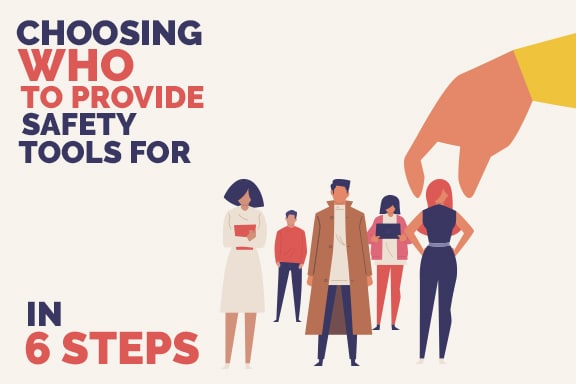

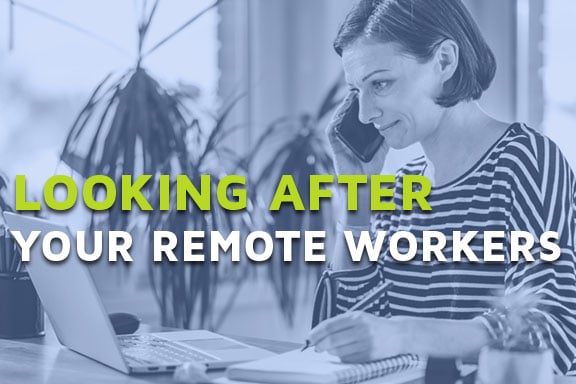
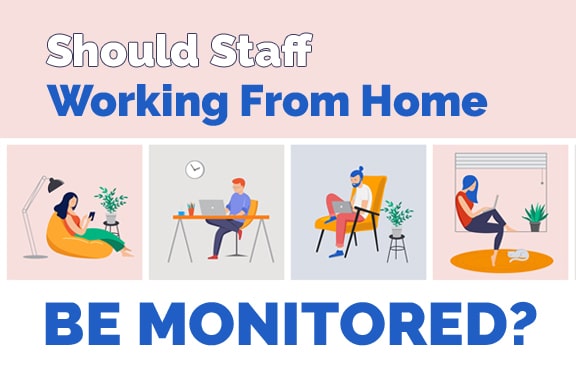
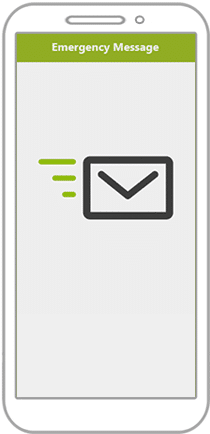

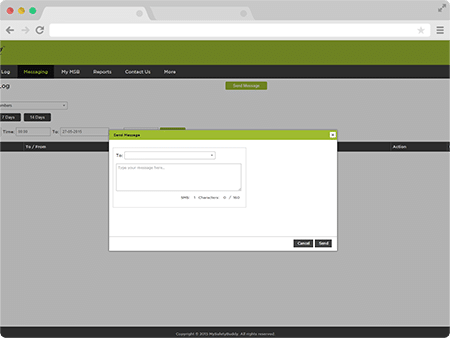 SMS Broadcasts
SMS Broadcasts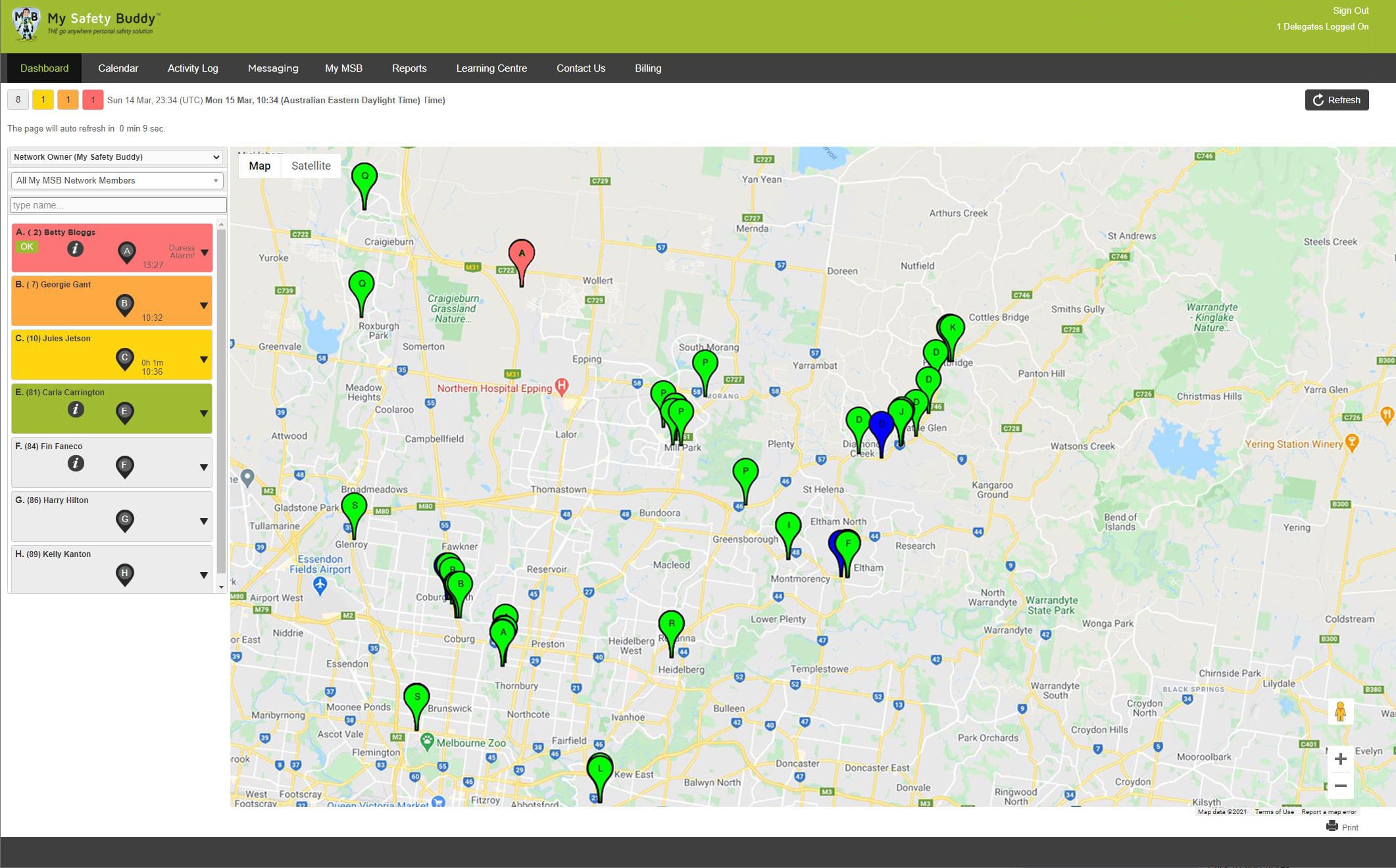 Web Portal and Dashboard
Web Portal and Dashboard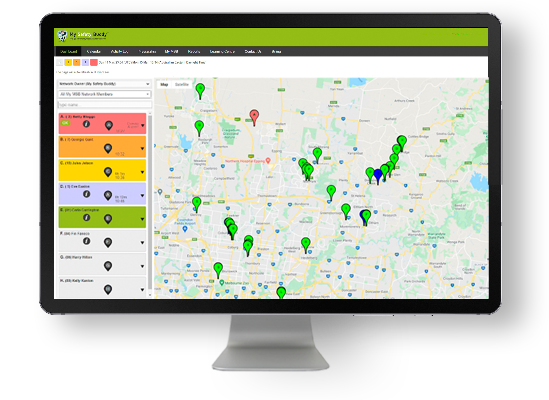
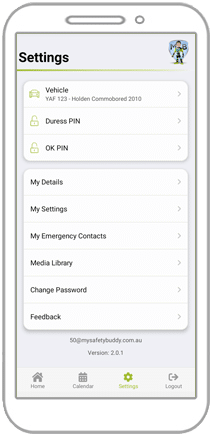 Customisable Settings
Customisable Settings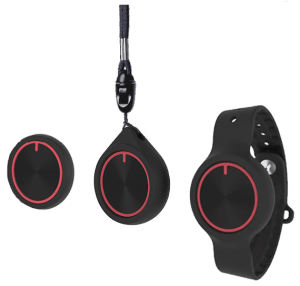
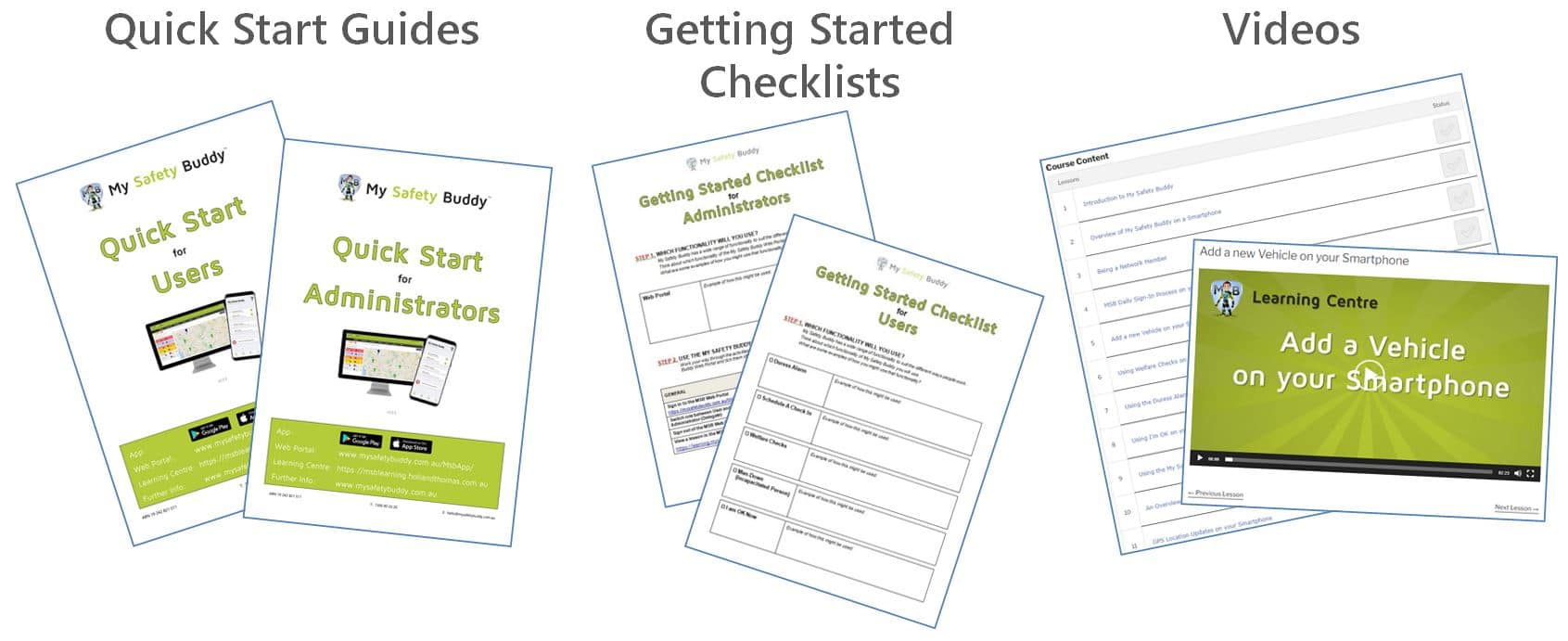

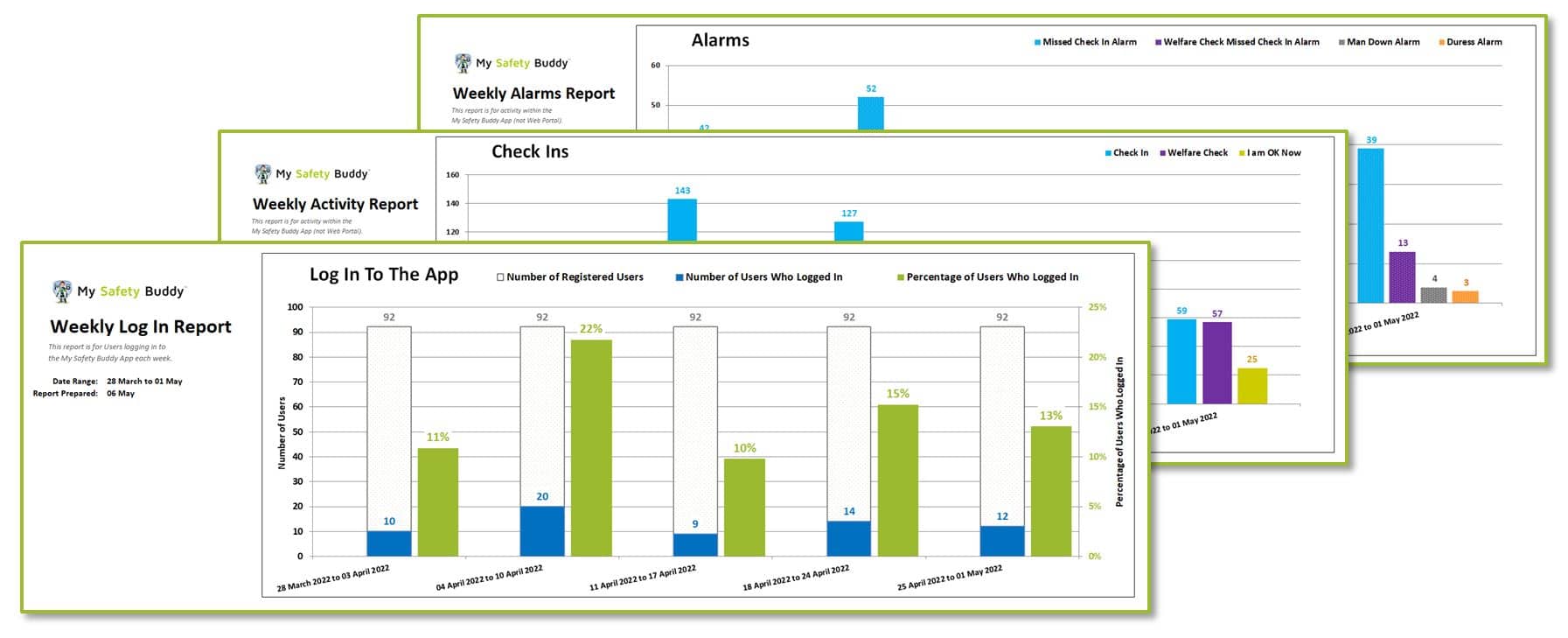
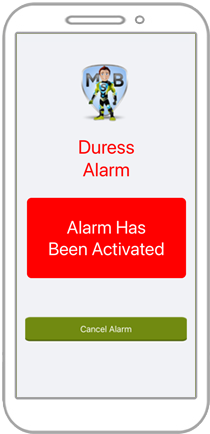


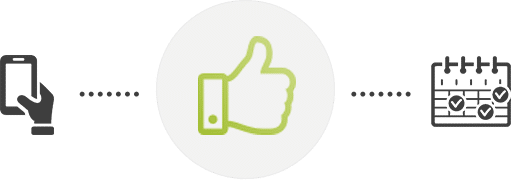


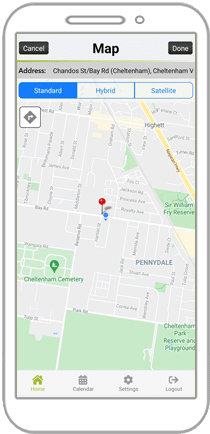

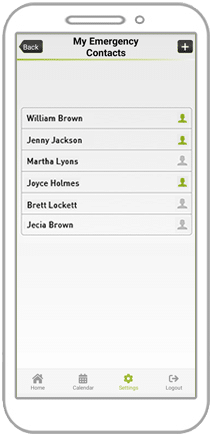

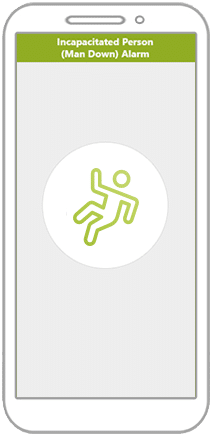 Man Down Alarm
Man Down Alarm 5 Second Check In
5 Second Check In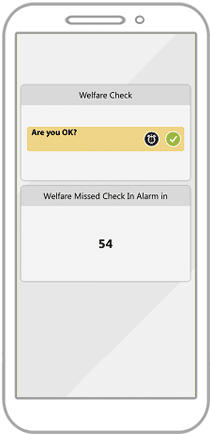 Welfare Checks
Welfare Checks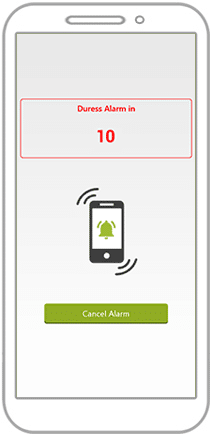 Duress Alarm (Panic Alarm)
Duress Alarm (Panic Alarm) Real Time Video
Real Time Video